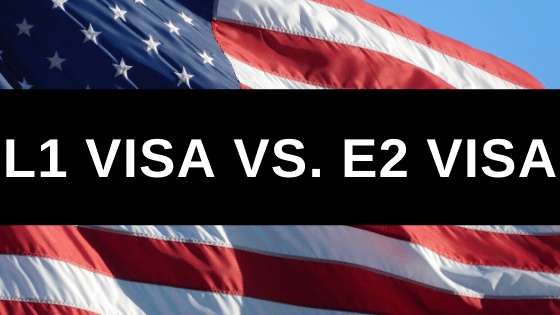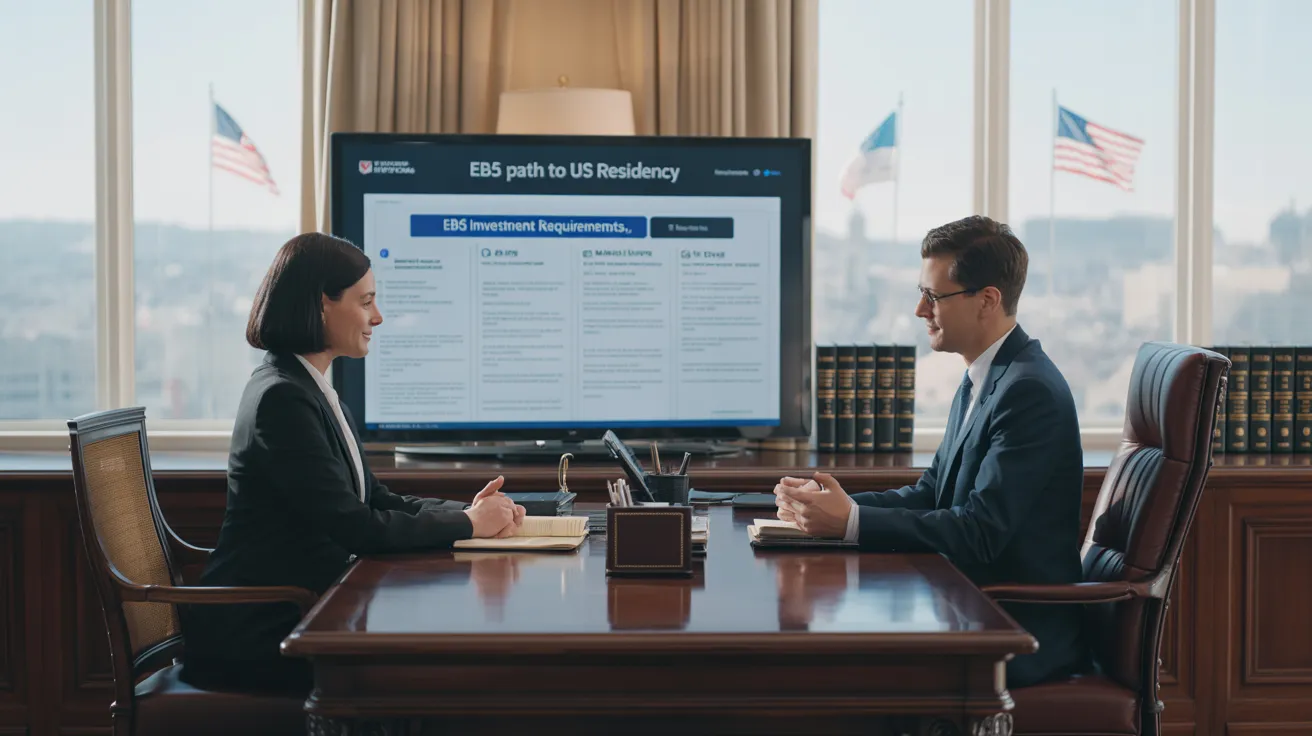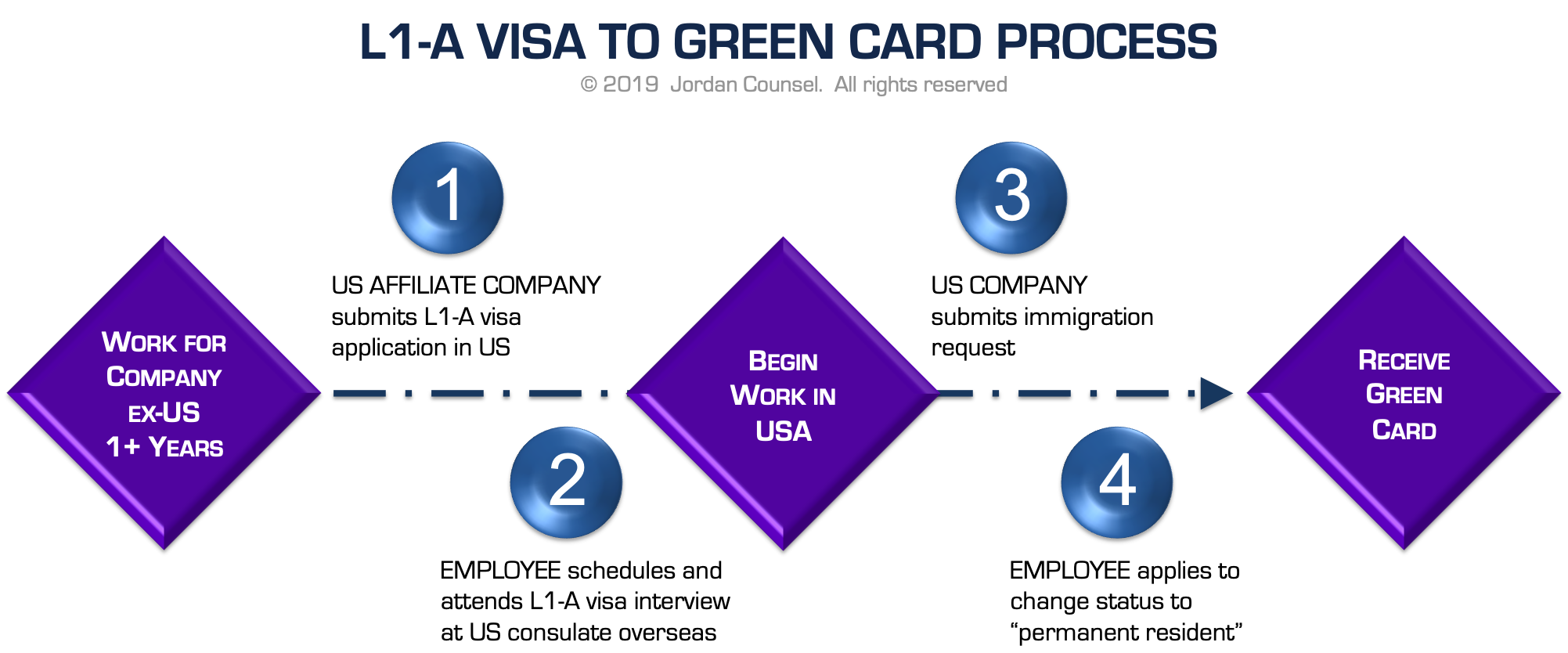Some Of L1 Visa
Table of ContentsL1 Visa - QuestionsUnknown Facts About L1 VisaUnknown Facts About L1 VisaL1 Visa for BeginnersThe Best Guide To L1 Visa5 Simple Techniques For L1 Visa
Readily Available from ProQuest Dissertations & Theses Worldwide; Social Scientific Research Costs Collection. DHS Workplace of the Assessor General. Retrieved 2023-03-26.
United State Division of State. Recovered 2023-02-08. Tamen, Joan Fleischer (August 10, 2013).
Not known Facts About L1 Visa
In order to be eligible for the L-1 visa, the international firm abroad where the Beneficiary was employed and the United state firm must have a qualifying relationship at the time of the transfer. The various kinds of qualifying connections are: 1.
Example 1: Company A is integrated in France and utilizes the Recipient. Firm B is incorporated in the united state and desires to request the Recipient. Firm A possesses 100% of the shares of Business B.Company A is the Parent and Firm B is a subsidiary. There is a certifying partnership in between the 2 business and Company B need to be able to fund the Beneficiary.
Instance 2: Business A is incorporated in the united state and wishes to petition the Beneficiary. Business B is incorporated in Indonesia and employs the Beneficiary. Company An owns 40% of Firm B. The staying 60% is owned and managed by Firm C, which has no connection to Firm A.Since Business A and B do not have a parent-subsidiary relationship, Business A can not fund the Beneficiary for L-1.
Firm An owns 40% of Firm B. The remaining 60% is had by Business C, which has no relationship to Firm A. Nonetheless, Firm A, by official agreement, controls and complete handles Company B.Since Business A has less than 50% of Business B yet manages and regulates the company, there is a certifying parent-subsidiary connection and Company A can sponsor the Recipient for L-1.
Unknown Facts About L1 Visa
Firm B is integrated in the U.S.
The Single Strategy To Use For L1 Visa

The L-1 visa is an employment-based visa classification established by Congress in 1970, allowing international business to move their managers, execs, or essential personnel to their United state operations. It is generally referred to as the intracompany transferee visa.

Furthermore, the recipient should have worked in a supervisory, exec, or specialized staff member setting for one year within the 3 years preceding the L-1A application in the international firm. For brand-new workplace applications, international work has to have remained in a managerial or executive ability if the recipient is concerning the USA to work as a manager or exec.
L1 Visa for Dummies

If given for L1 Visa attorney a united state company functional for greater than one year, the first L-1B visa is for as much as three years and can be extended for an added two years (L1 Visa). Conversely, if the U.S. company is freshly established or has actually been operational for much less than one year, the initial L-1B visa is provided for one year, with expansions offered in two-year increments
The L-1 visa is an employment-based visa classification developed by Congress in 1970, allowing multinational business to move their managers, executives, or crucial employees to their U.S. procedures. It is commonly referred to as the intracompany transferee visa.
What Does L1 Visa Do?
In addition, the recipient needs to have operated in a managerial, executive, or specialized staff member placement for one year within the 3 years coming before the L-1A application in the foreign company. For new office applications, foreign employment must have been in a supervisory or executive ability if the recipient is pertaining to the USA to L1 Visa guide function as a supervisor or executive.
for as much as seven years to supervise the operations of the U.S. affiliate as an exec or manager. If issued for an U.S. company that has been functional for even more than one year, the L-1A visa is at first provided for up to 3 years and can be extended in two-year increments.
If provided for a united state company operational for greater than one year, the preliminary L-1B visa is for as much as three years and can be expanded for an added two years. Alternatively, if the united state business is recently established or has actually been operational for much less than one year, the first L-1B visa is provided for one year, with extensions readily available in two-year increments.